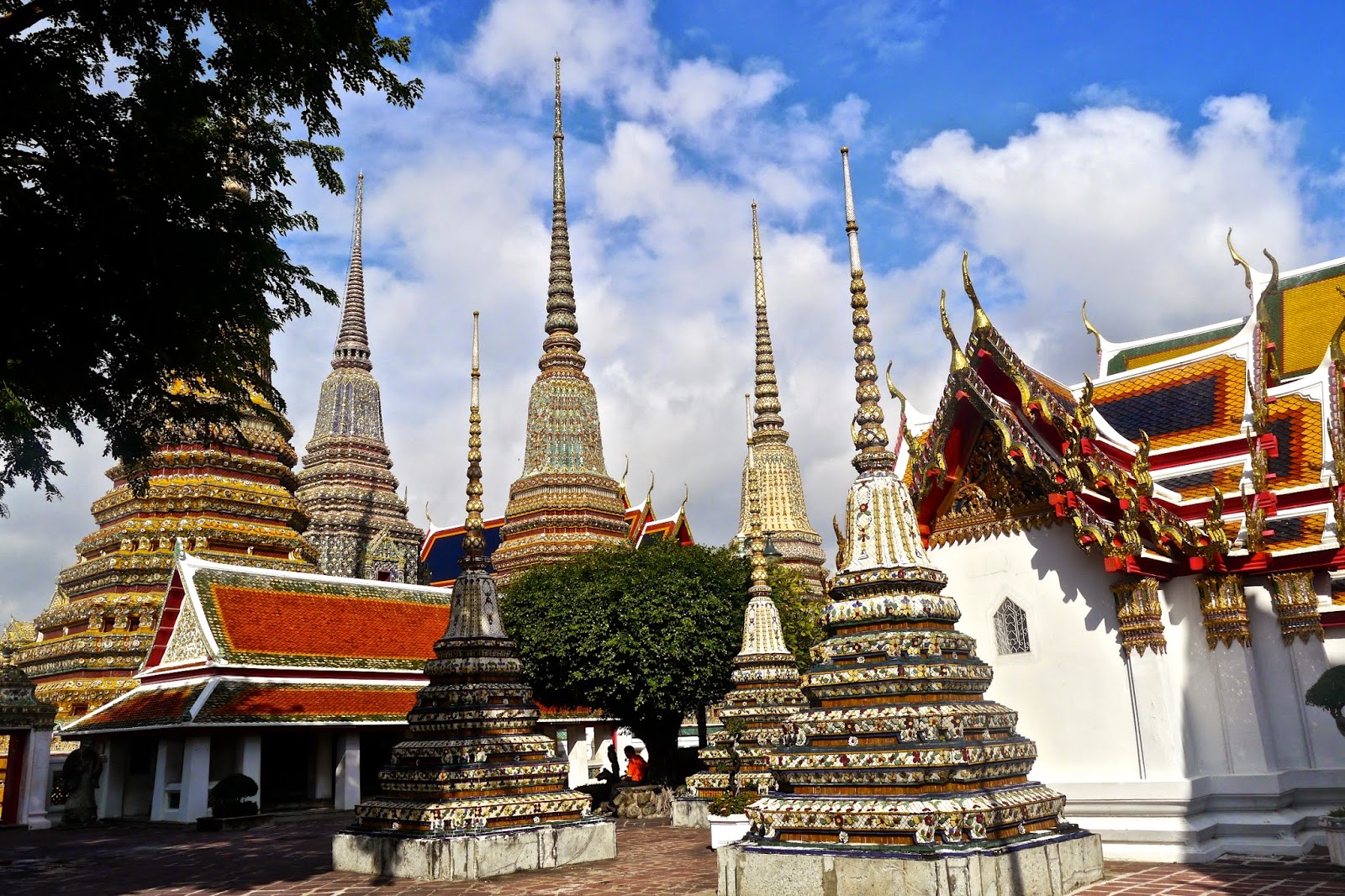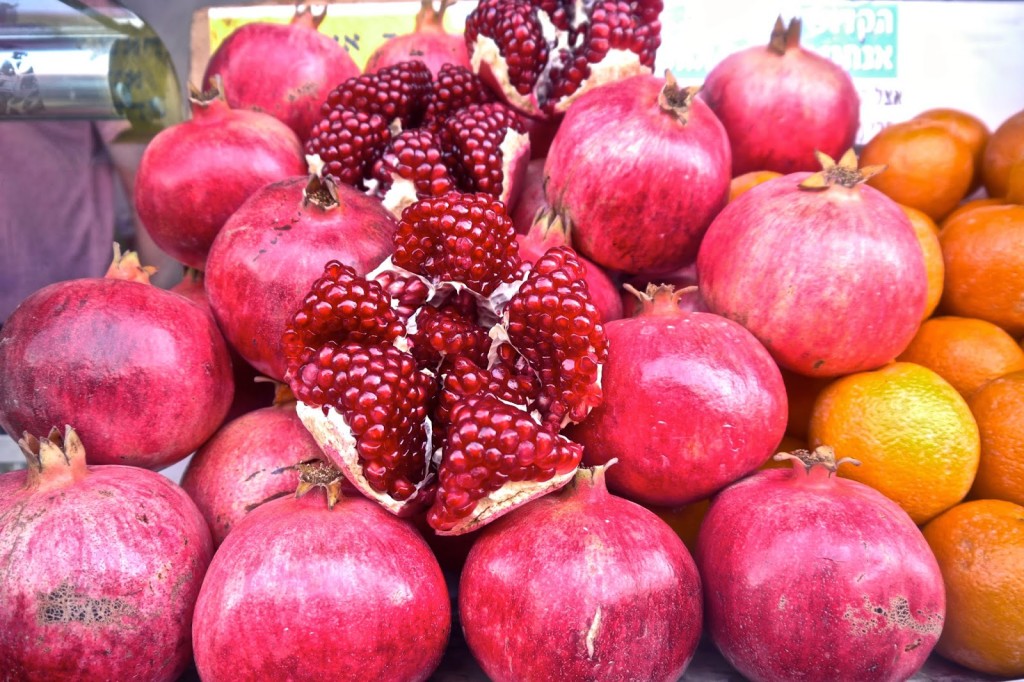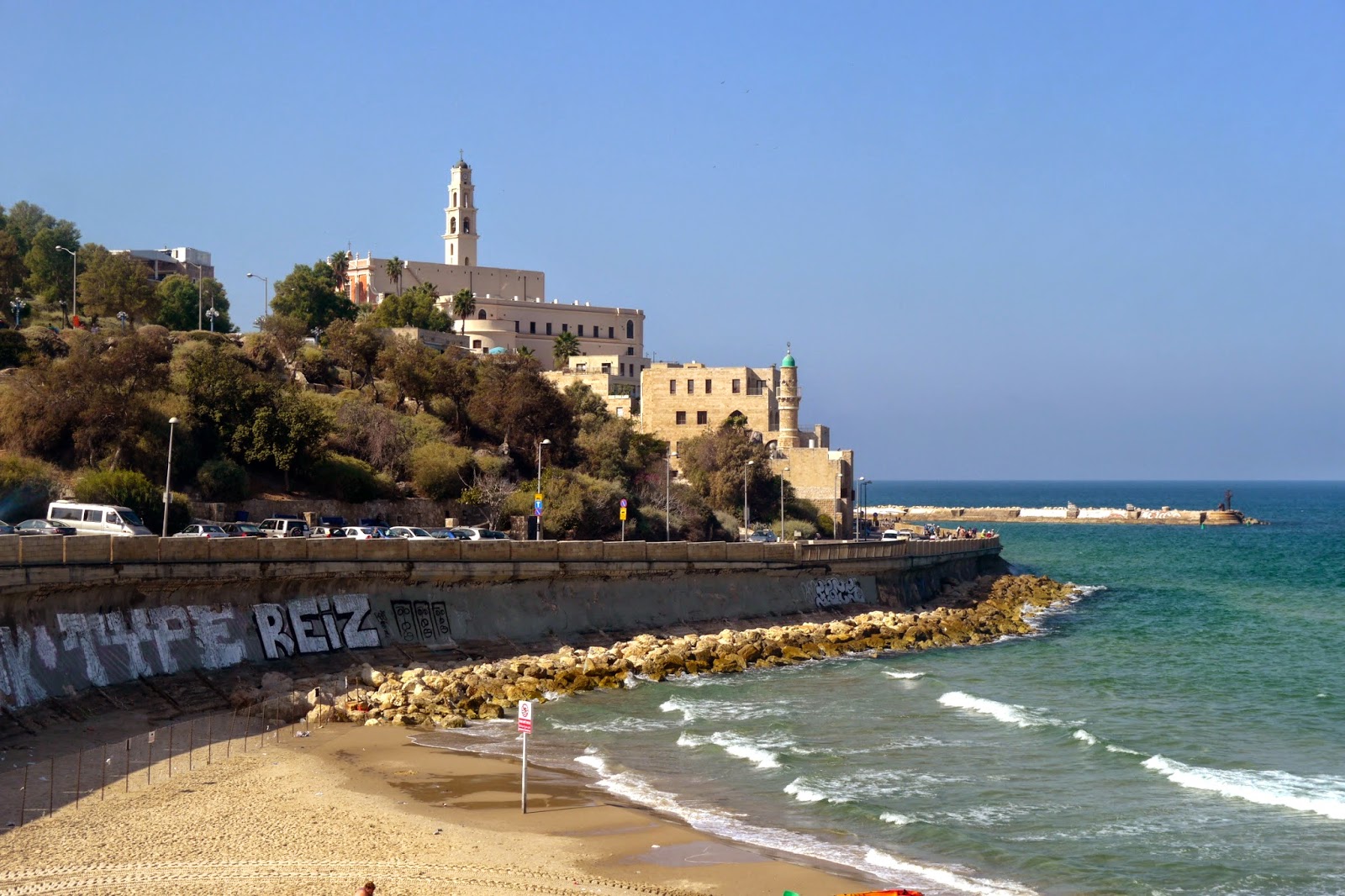
Tel Aviv Layover
I first visited Israel and the Palestinian Territories in the Spring of 2011, during my semester abroad in Amman, Jordan. Though I didn’t spend long in the Holy Land, my three day stay was both rewarding and memorable. I remember being at once struck by the incredible history of the country and saddened by the palpable tensions that I witnessed firsthand. I remember feeling a sense of wonder as I visited some of the holiest sites in Judaism, Christianity and Islam. And I remember the lack of words I could muster after a visit to Hebron, in the West Bank.
My visit to the Holy Land stuck with me. And not because of a certain religious conviction or sense of pilgrimage, but because it allowed me to make my own sort of sense out of what I was reading on the news, learning in class and hearing from the many Palestinian refugees living across the border in Jordan.
Throughout my visit to the country, I tried to view the conflict between cultures and religions in the most objective way possible. Yet, I remember finding it difficult to come to terms with the lasting effects of my country’s unwavering support for the Israeli government. Especially after visiting Hebron. Back in 2011, I had heard heartbreaking accounts of life under Israeli occupation, both from people I interacted with in the West Bank, as well as from those who were forced to flee across the border to Jordan.
Yet I knew that I had only witnessed one side of the story. Traveling to Tel Aviv on a two day layover was my chance to hear from the Israeli side.
But Tel Aviv was not like the Israel I had visited a few years before. In this modern and cosmopolitan city, the palpable tensions I remember feeling in Jerusalem and the West Bank did not—at least on the surface—seem to permeate every aspect of daily life. The barriers (both physical and metaphorical) between Jews and Muslims were seemingly less visible.
I was struck by Tel Aviv’s vibrancy. The secular and modern capital city pulsates with life and is filled with a joie-de-vivre that, momentarily, allowed me to forget the greater struggles of many living within Israel’s borders.
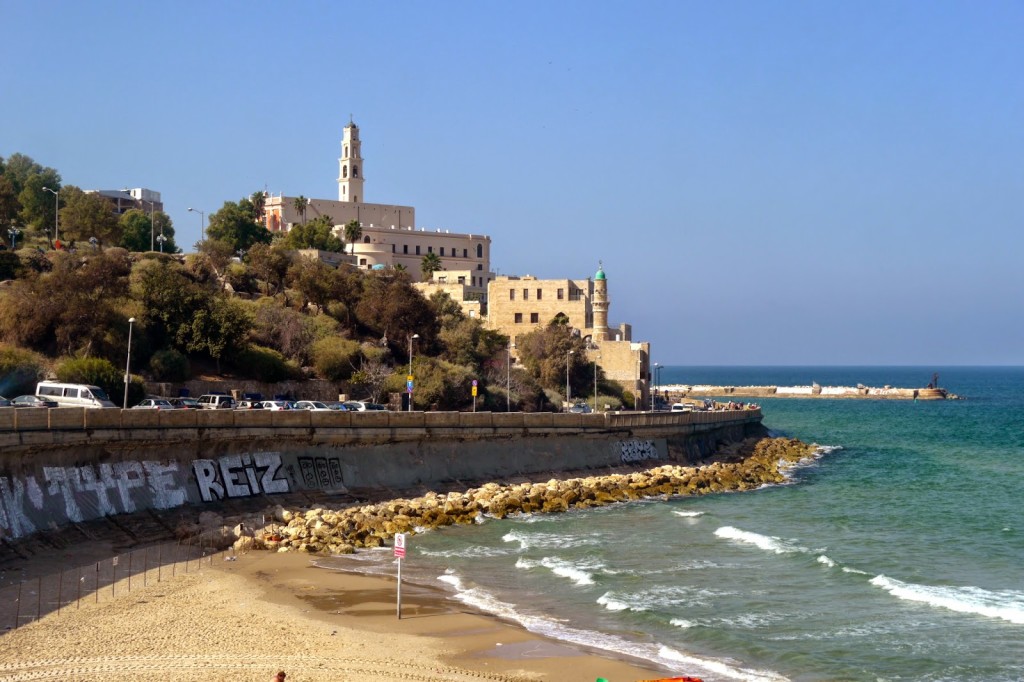
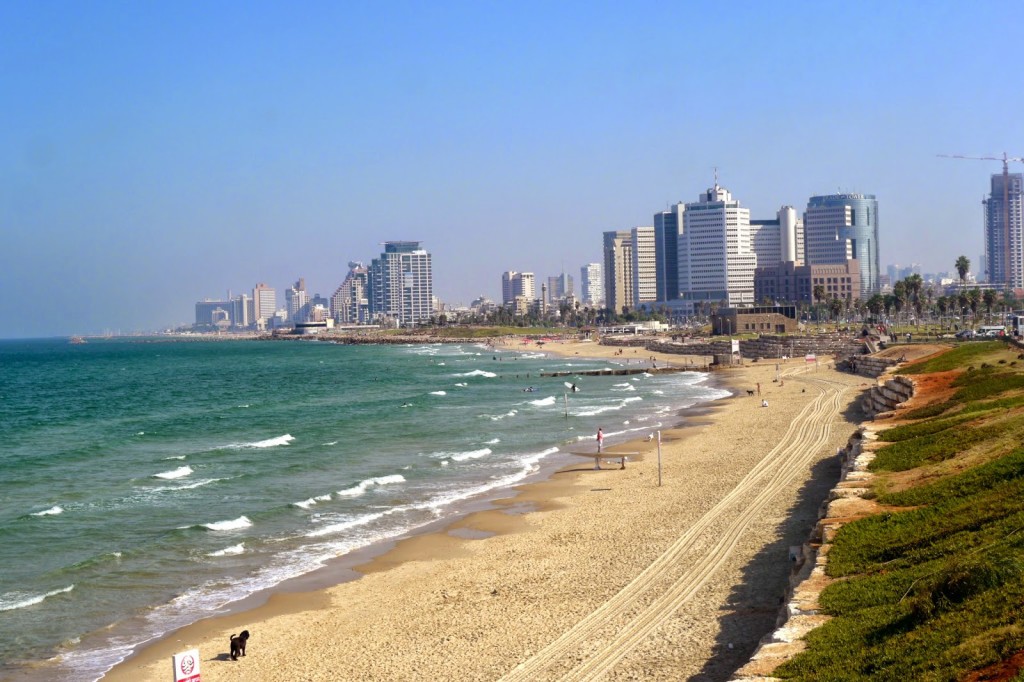
My airline puts its crew members up on the beautiful stretch of beach that runs from Tel Aviv’s steel high-rises to the picturesque and perfectly preserved ancient port of Jaffa.
I immediately understood why so many people love the Tel Aviv layover. Though the October weather was beginning to bring colder temperatures to New York, Tel Aviv was a balmy 80 degrees. Ocean breezes blew in from the Mediterranean, creating an ideal temperature for dipping in the warm waters, walking along the beachfront and meandering the city’s streets.
On my layover, I met up with Rachel, a friend I knew from high school in Eugene. Rachel, like me, has an overwhelming desire to see the world and has spent the last few years living and traveling throughout the Middle East and Central America. For the past year or so, she has been living in Magaan Michel–a Kibbutz north of Jerusalem.
I toyed with the idea of visiting Rachel’s Kibbutz and knew that it would give me a wonderful window into the life of many Israeli Jews. But, since this was my first time in Tel Aviv, I thought it best to get my bearings of the city and to save a day trip to the Kibbutz for a different layover.
After all, Tel Aviv itself–with its beautiful oceanfront promenade, its colorful market and its charming old town–has more than enough to keep me entertained for a few days.
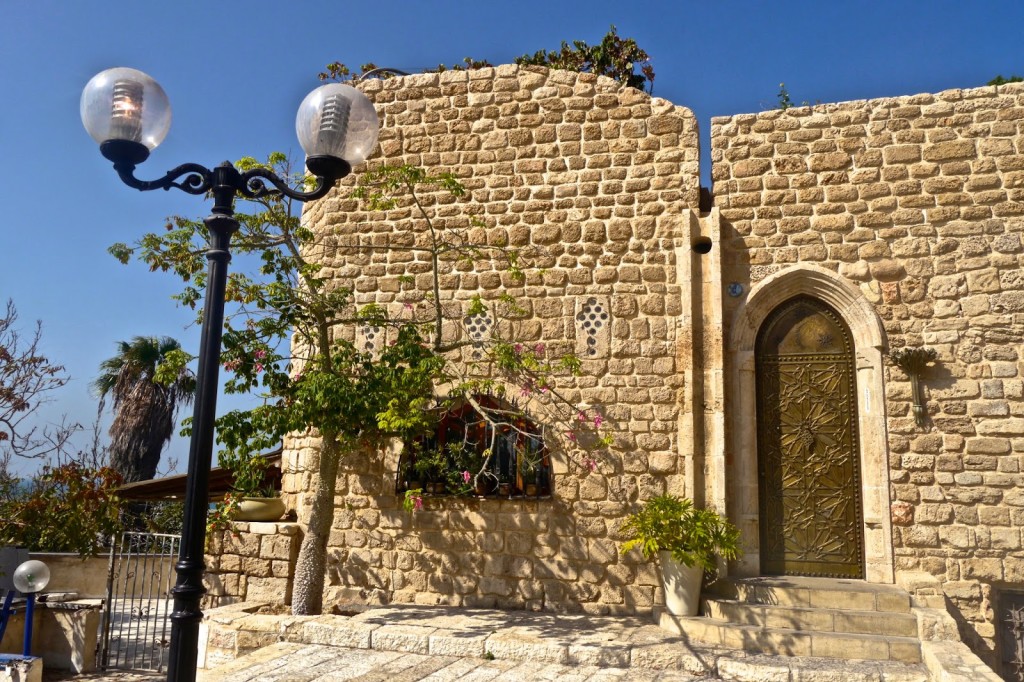
The Tel Aviv beachfront was the perfect backdrop to our conversations and a wonderful place to watch life unfold. It is a hub of frenzied activity–an eclectic mix of surfers and beach bums, children playing in the parks, families strolling along the promenade and men flexing their muscles in hopes of wooing the young, bikini-clad ladies. Rachel and I walked along the oceanfront toward Jaffa on the evening of my first day in town. The walk afforded us the opportunity to catch up on life since high school and to share stories about college, teaching, traveling and living off the beaten track.
As we neared the port of Jaffa, more conservative dress began to replace the bikinis. Families clustered around the grassy lawn near the ocean and the scent of grilled meats wafted in the air. I began to hear more conversations in Arabic and fewer in Hebrew.
The demographics shifted the closer we got to Jaffa, but never did I feel the tension in the air that was omnipresent in Jerusalem. Never did I feel the metaphorical barriers. Or witness the physical ones.
As I spent the better part of two days walking the city’s streets, emptying my wallet to buy fresh-squeezed pomegranate juice from the market stalls and savoring the perfect Mediterranean weather, the city filled me with a sense of hope for the country’s future.
I know this hope is born out of a certain degree of naiveté. I know that the conflict is more deep-rooted than I will ever understand and that, despite the apparent openness and peaceful coexistence of Jews and Muslims in Tel Aviv, the tensions run deep. I know that even Tel Aviv is not immune to outbursts of violence and isolated terrorist attacks that threaten the fabric of Israeli society. Or to the systematic undermining of Palestinian freedoms.
Yet, it was also apparent to me that the secular and progressive capital of Israel is more openminded and forward thinking than its conservative and deeply traditional counterpart, Jerusalem. To me it appears to be a city tired of war. One that is facing the future with perhaps a more inclusive and embracing outlook.
In the end, my Tel Aviv layover not answer any of my lingering questions about the construction of Israeli settlements on Palestinian land or on the continuing occupation, but it did reveal something that filled me with hope–that coexistence and peace in a country so often fraught with violence actually is possible.
Now, whether that peace is actually achieved and sustained, is an entirely different story.
